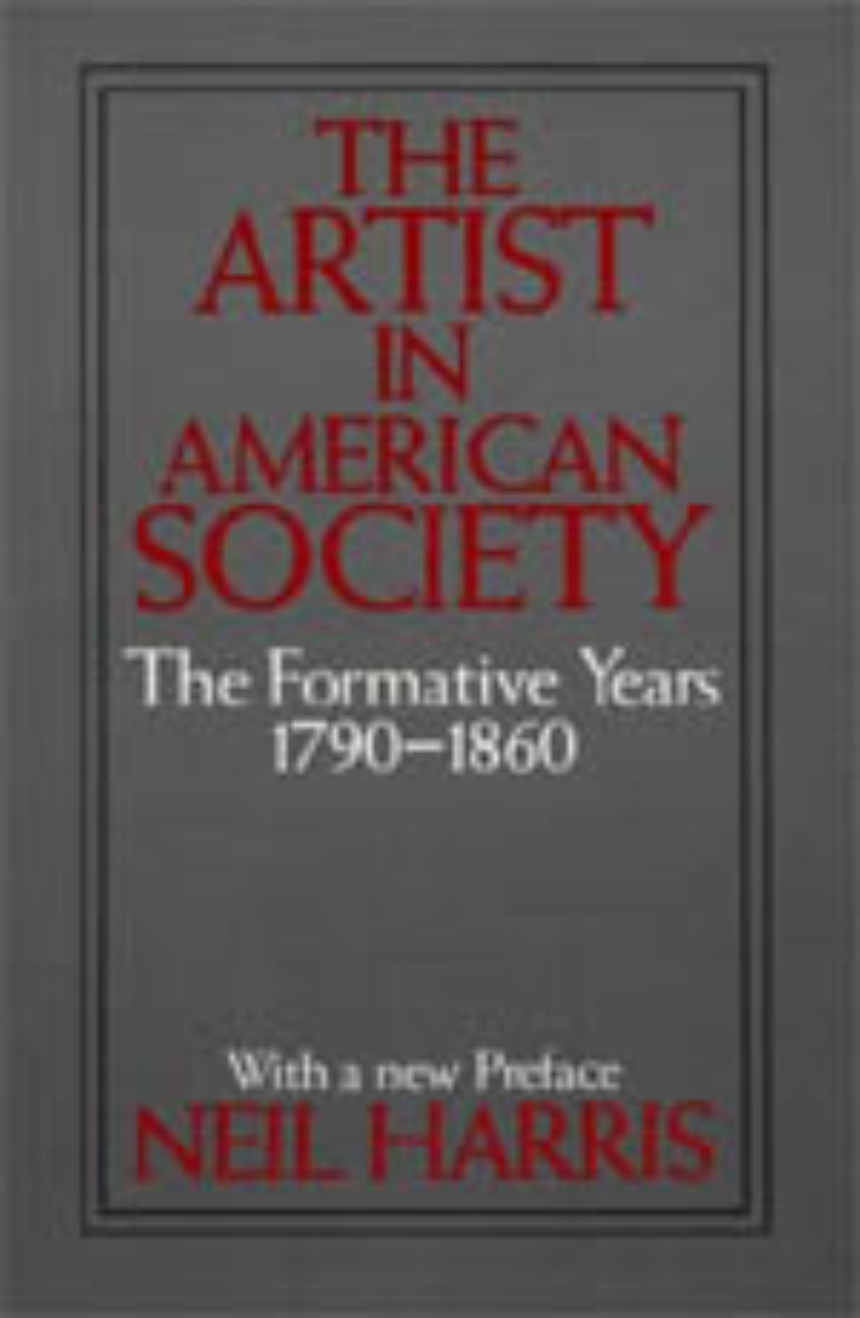The Artist in American Society
The Formative Years
What was the place of the artist in a new society? How would he thrive where monarchy, aristocracy, and an established church—those traditional patrons of painting, sculpture, and architecture—were repudiated so vigorously? Neil Harris examines the relationships between American cultural values and American society during the formative years of American art and explores how conceptions of the artist’s social role changed during those years.
Table of Contents
Preface to the Phoenix Edition
Preface
1. To the Aid of Necessity
2. The Perils of Vision: Art, Luxury and Republicanism
3. The Burden of Portraiture
4. Professional Communities: Growing Pains
5. European Travel: The Immediate Experience
6. European Travel: From Perceptions to Conceptions
7. Art and Transcendentalism: Beauty and Self-Fulfillment
8. Crusades for Beauty
9. Artist Images: Types and Tensions
10. The Pattern of Artistic Community
11. Artists’ Dreams and European Realities
12. The Final Tribute
Selected Bibliography
Notes
Index
Preface
1. To the Aid of Necessity
2. The Perils of Vision: Art, Luxury and Republicanism
3. The Burden of Portraiture
4. Professional Communities: Growing Pains
5. European Travel: The Immediate Experience
6. European Travel: From Perceptions to Conceptions
7. Art and Transcendentalism: Beauty and Self-Fulfillment
8. Crusades for Beauty
9. Artist Images: Types and Tensions
10. The Pattern of Artistic Community
11. Artists’ Dreams and European Realities
12. The Final Tribute
Selected Bibliography
Notes
Index
